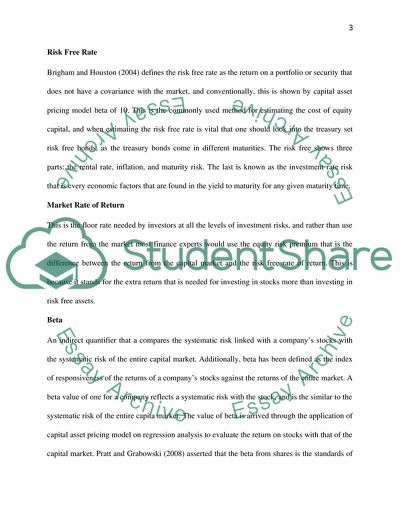Cite this document
(Accounting and Managerial Finance Essay Example | Topics and Well Written Essays - 3500 words, n.d.)
Accounting and Managerial Finance Essay Example | Topics and Well Written Essays - 3500 words. https://studentshare.org/finance-accounting/1874974-accounting-and-managerial-finance
Accounting and Managerial Finance Essay Example | Topics and Well Written Essays - 3500 words. https://studentshare.org/finance-accounting/1874974-accounting-and-managerial-finance
(Accounting and Managerial Finance Essay Example | Topics and Well Written Essays - 3500 Words)
Accounting and Managerial Finance Essay Example | Topics and Well Written Essays - 3500 Words. https://studentshare.org/finance-accounting/1874974-accounting-and-managerial-finance.
Accounting and Managerial Finance Essay Example | Topics and Well Written Essays - 3500 Words. https://studentshare.org/finance-accounting/1874974-accounting-and-managerial-finance.
“Accounting and Managerial Finance Essay Example | Topics and Well Written Essays - 3500 Words”. https://studentshare.org/finance-accounting/1874974-accounting-and-managerial-finance.


